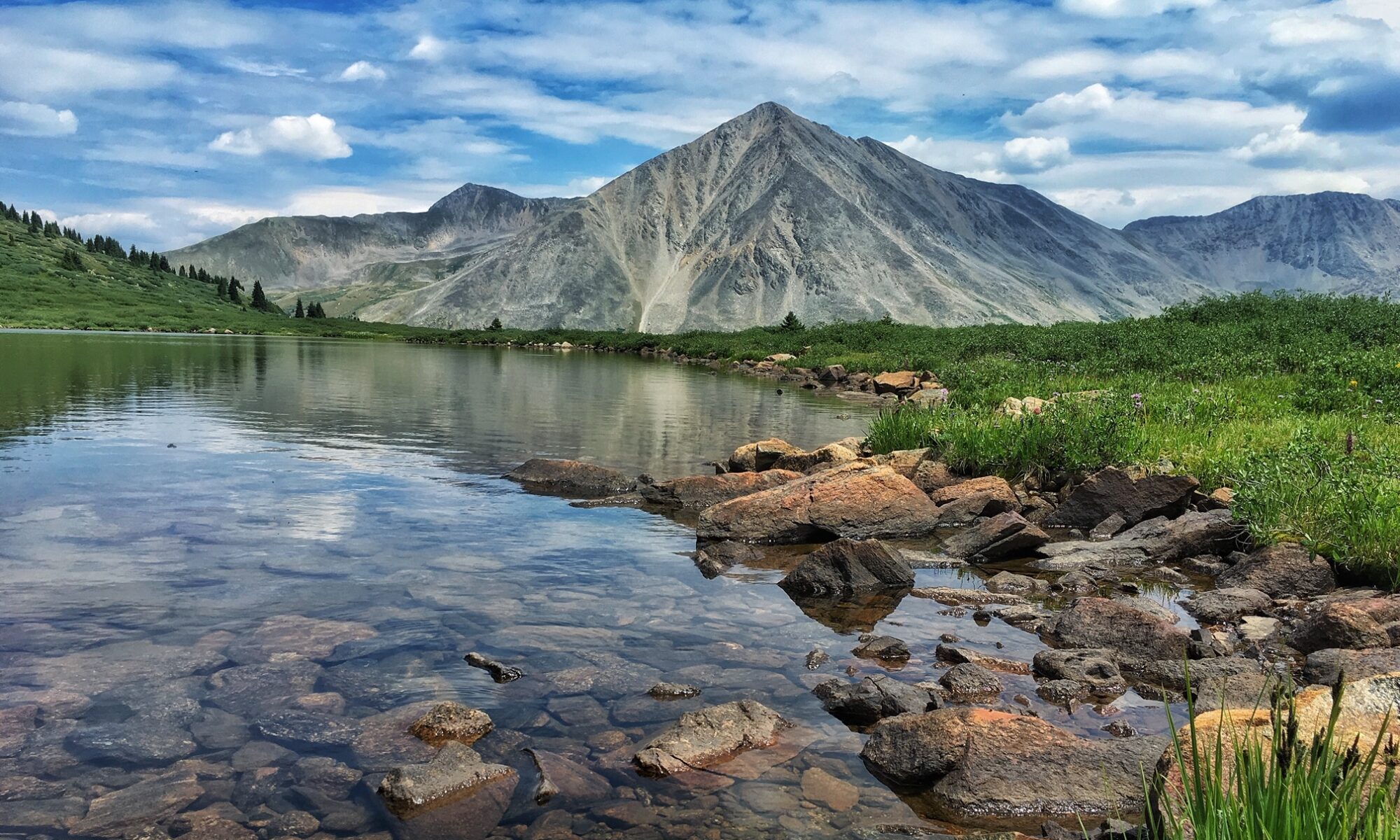Stupid is as stupid does. Forest Gump, a fly fisher, said that. At least we assume Gump was a fly fisher, because fly fishers can do a lot of stupid stuff. Well, at least my podcast partner, Dave, and I can. We’ve had a few forgettable fly rod moments.
Here is a list of some of our worst fly rod moments. We’ve discussed these in various episodes. But perhaps a list of them can function as a public service announcement to be more careful with that expensive instrument without which you cannot fly fish.
1. The time Steve left his fly rod on the top of the SUV
Dave and I were hiking into Fan Creek in Yellowstone National Park when we stopped to share the narrow trail with some approaching hikers. At that moment, I noticed my fly rod was not in my hand. I thought I dropped it, then realized I left it on the top of our SUV in the parking lot! I hiked out a half mile and retrieved it (thankfully, it was still there).
Meanwhile, Dave waited patiently (I think) while a fly fisher passed us and took the very spot we were hoping to fish.
2. The time Dave left his fly rod on the top of the SUV
It gets worse.
One spring, we were fishing between Quake Lake and Hebgen Lake on Montana’s Madison River. Halfway back to my house near Belgrade, Montana, Dave realized he forgot to take his fly rod off the top of my Toyota truck and put it in the cab. I pulled into a turnout, and we checked the roof. But the rod was long gone.
Yet every cloud has its silver lining. The rod Dave lost was a cheaper one, forcing him to buy a higher end rod. Do you suppose that Dave intentionally … ?
No, let’s not go there.
3. The time Steve broke his fly rod
It was a dark and stormy night.
Unfortunately, I didn’t have the sense to turn on the light when I walked into our “mud room” (as Montanans call it) to grab something from my fly tying bench. As I approached the bench, I felt something under my shoe and then heard a sickening crack.
I shuddered as I remembered that I left my fly rod leaning against my bench to dry off after an afternoon of fishing.
Thankfully, the Orvis rod guarantee covers those “stupid is as stupid does” moments, and I got it fixed for a minimal fee.
4. The time Dave broke his fly rod
Do you see a pattern here?
What one does, the other does. Awhile after I broke my Orvis rod, Dave broke his (yes, the one he purchased after losing the first one off the top of my truck). We were scrambling up a cliff above the Yellowstone River in Yellowstone National Park when Dave snapped the tip off of his rod on some brush. I have to say that he did a pretty good job the rest of the day casting hoppers without a rod tip.
In fact, he caught so many cutthroat trout that I suggested he always break off his rod tip for good luck on our way to river. Sadly, Dave hasn’t embraced my suggestion.
5. The time Steve dropped his fly rod tip section in the river
Accidents happen.
But this one was, well, plain stupid. My son, Luke, and I had just finished a good day on the Owyhee River — an excellent tailwater in eastern Oregon. As Luke waded towards me from the opposite bank, I began taking fly rod apart to put it back in its rod tube. Suddenly, the top half of the fly rod slipped through my fingers and into the river.
No worries, though. The run below the bank was only three feet deep, and surely the rod tip would float. To make a longer search story short, we never found it — even after Luke went into scuba diving mode without a mask or tank.
Once again, Orvis came to my rescue! They honored their rod guarantee and replaced the tip section (actually, it appeared to be a brand new rod).
6. The time Dave broke a guide’s expensive fly rod
Alert readers will notice a break in the pattern. Dave didn’t do anything as stupid as losing part of his fly rod in the river.
No, he only snapped in half a guide’s brand new Orvis H2 (their most expensive rod at the time).
In defense of Dave, he had reeled in a large rainbow to the boat when we were fishing the Lower Madison River. As the guide lowered his net, the trout suddenly darted under the boat. Before Dave could react, the rod snapped in two as the trout bent it over the boat’s starboard sidewall.
The guide coughed slightly, turning his head for a moment, and then proceeded to act as it was all part of a wonderful day on the river.
Lessons Learned
This would not be a public service announcement without identifying a few lessons we’ve learned about protecting our fly rods. Ready?
- Turn on the light and watch your step when you are in fly rod country.
- Check the top of your SUV before you leave the parking lot—unless you want to upgrade to a more expensive rod. (Why not avoid placing your fly rod on the top of your SUB or truck altogether? Because it’s a safe spot free from the crunch of car doors and the boots of people who don’t watch where they step.)
- Step away from the river when you disassemble your fly rod.
- And, for goodness sake, don’t let a trout dart under your drift boat. Or, to be on the safe side, don’t ask to try out the guide’s newest, most expensive fly rod.
Better to be on the safe side than to be stupid.








